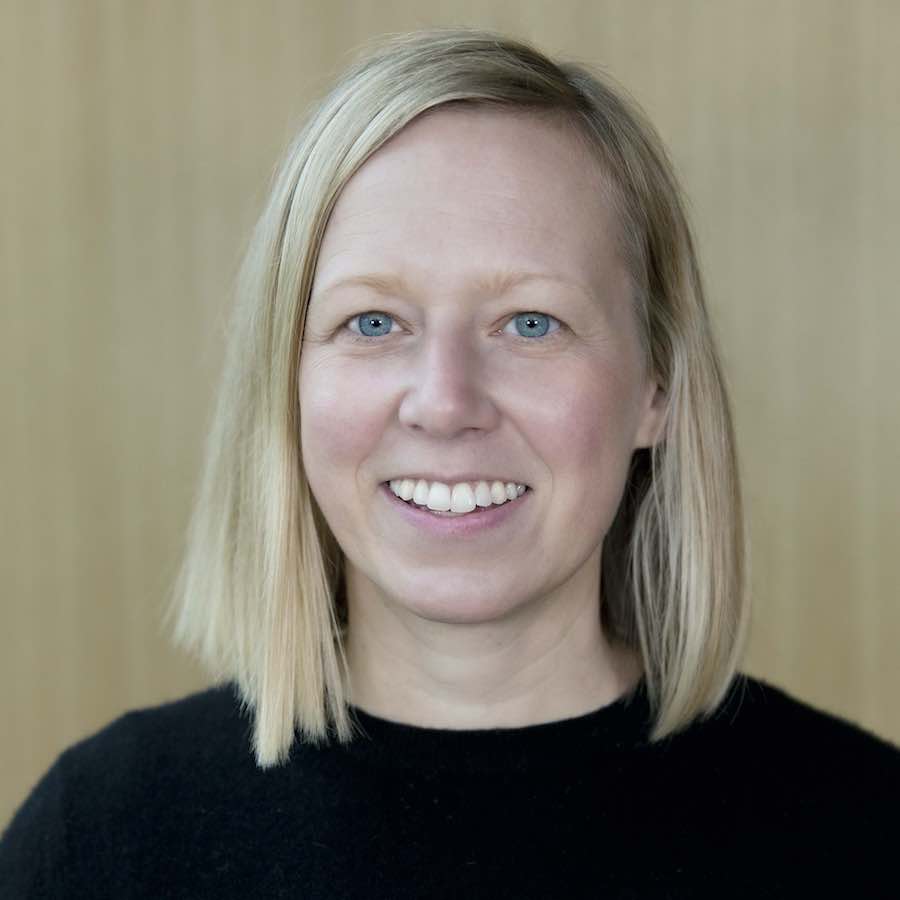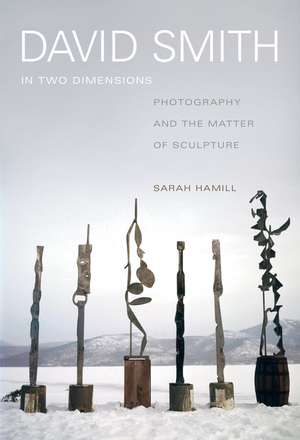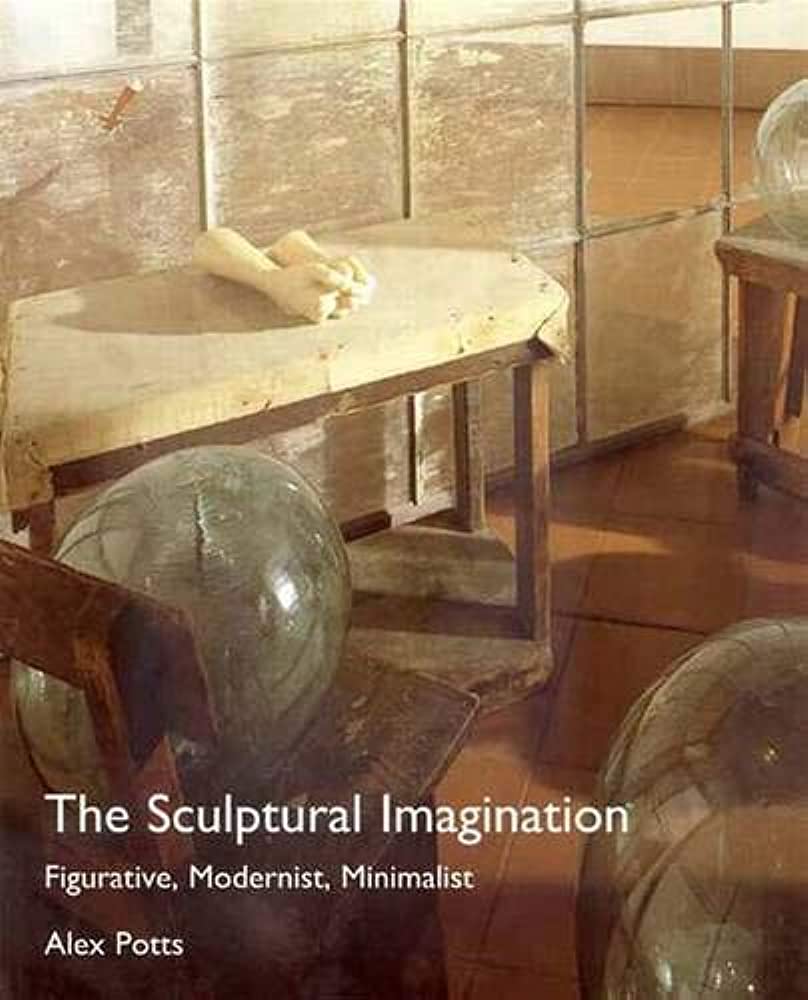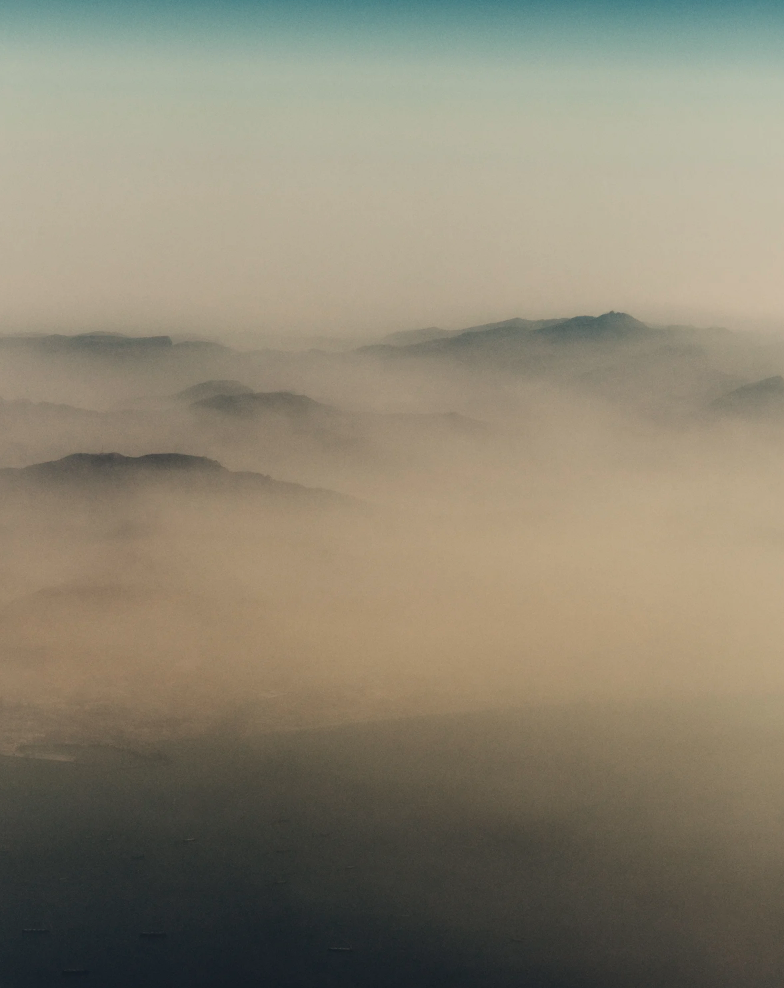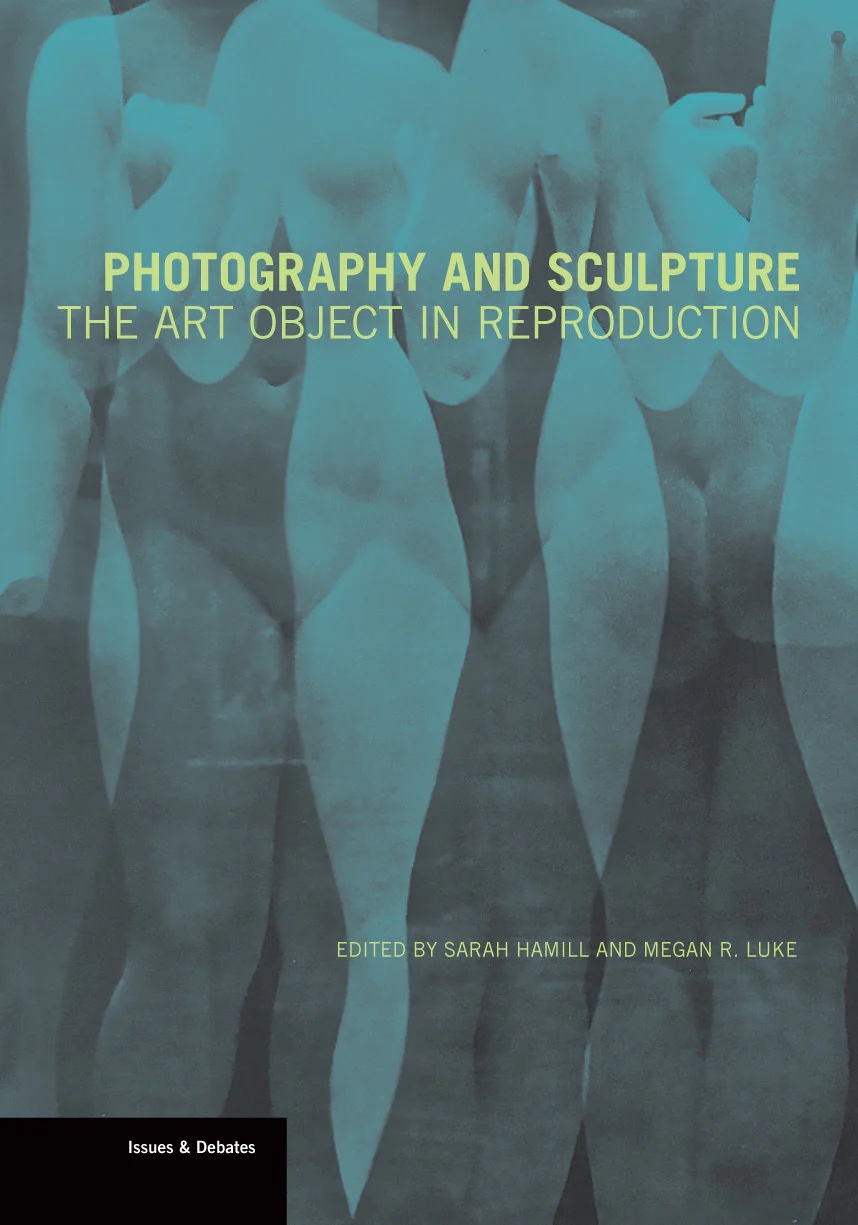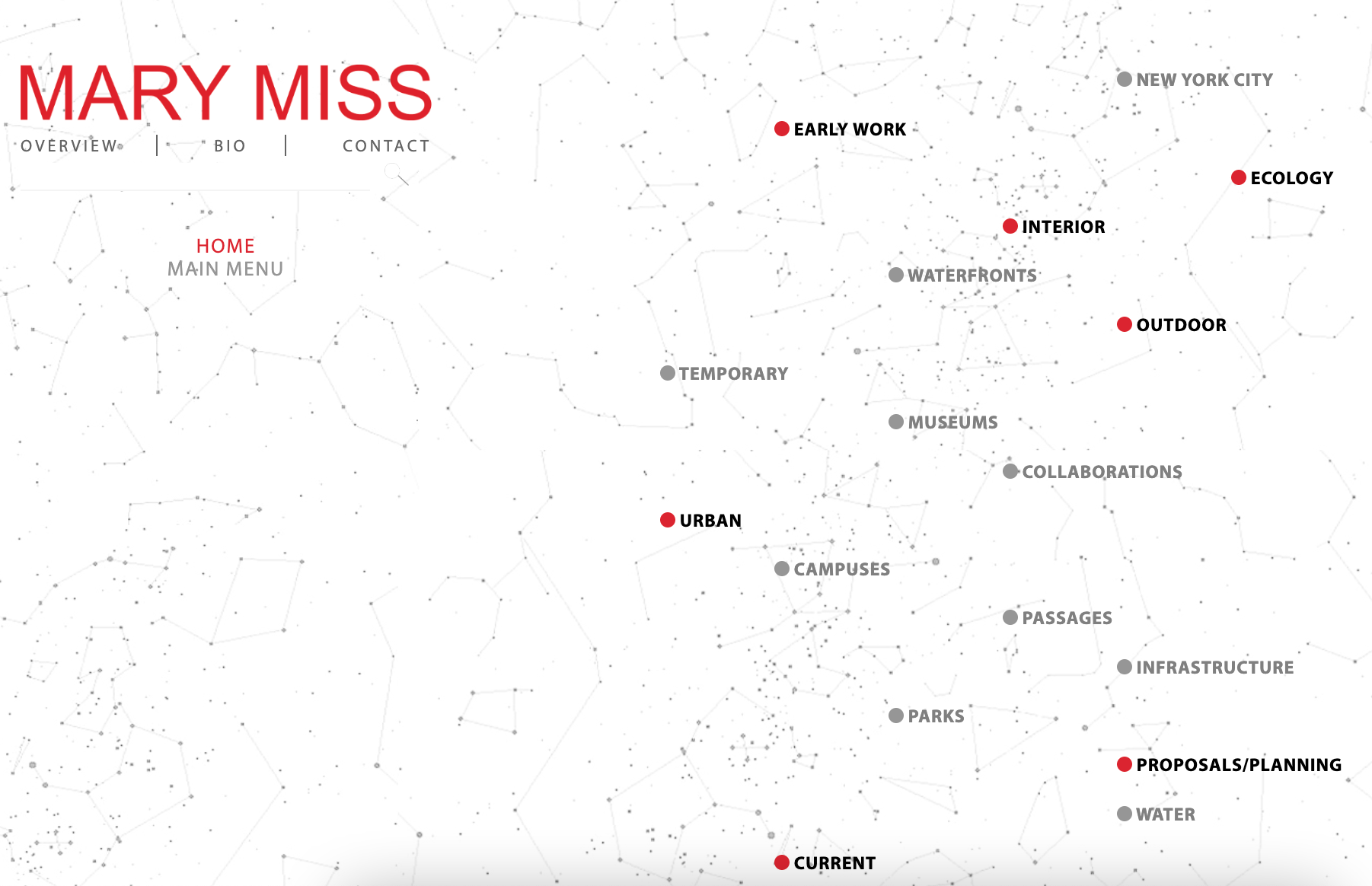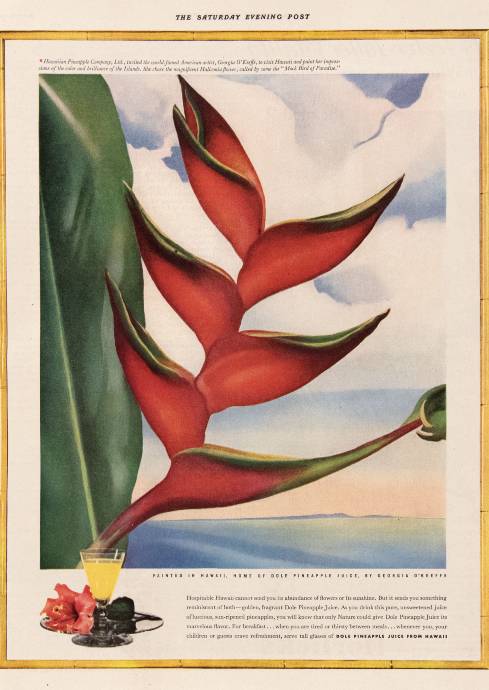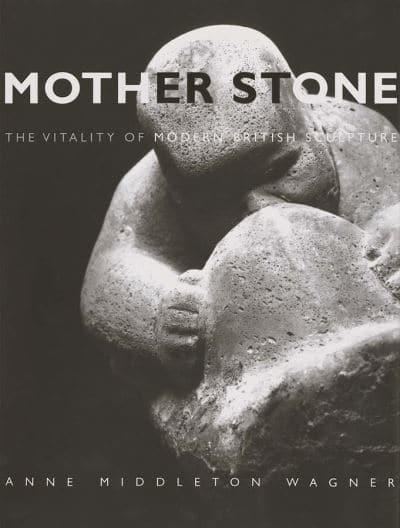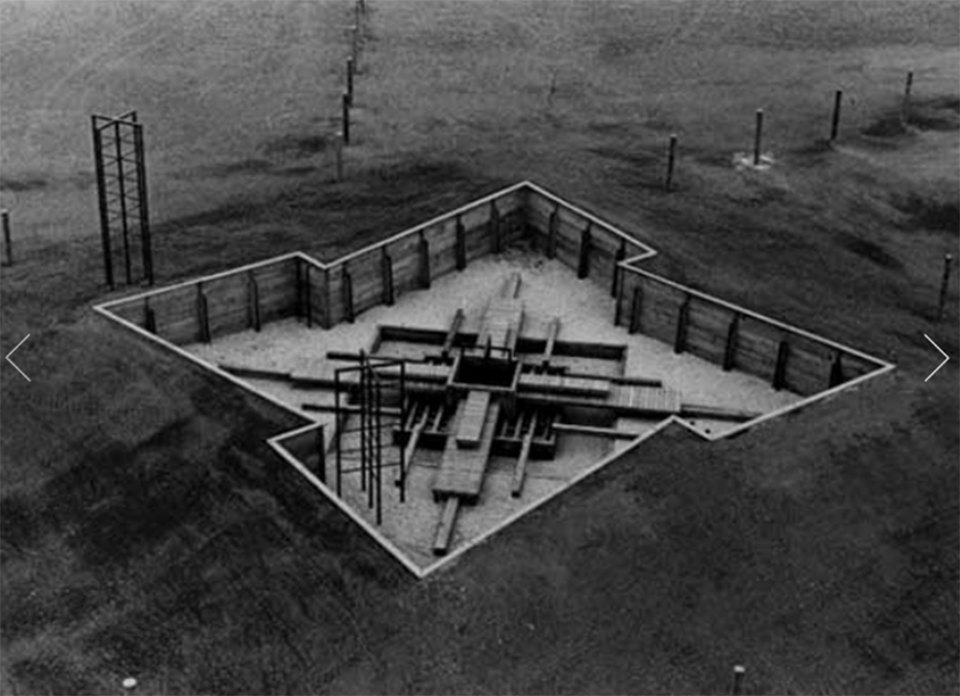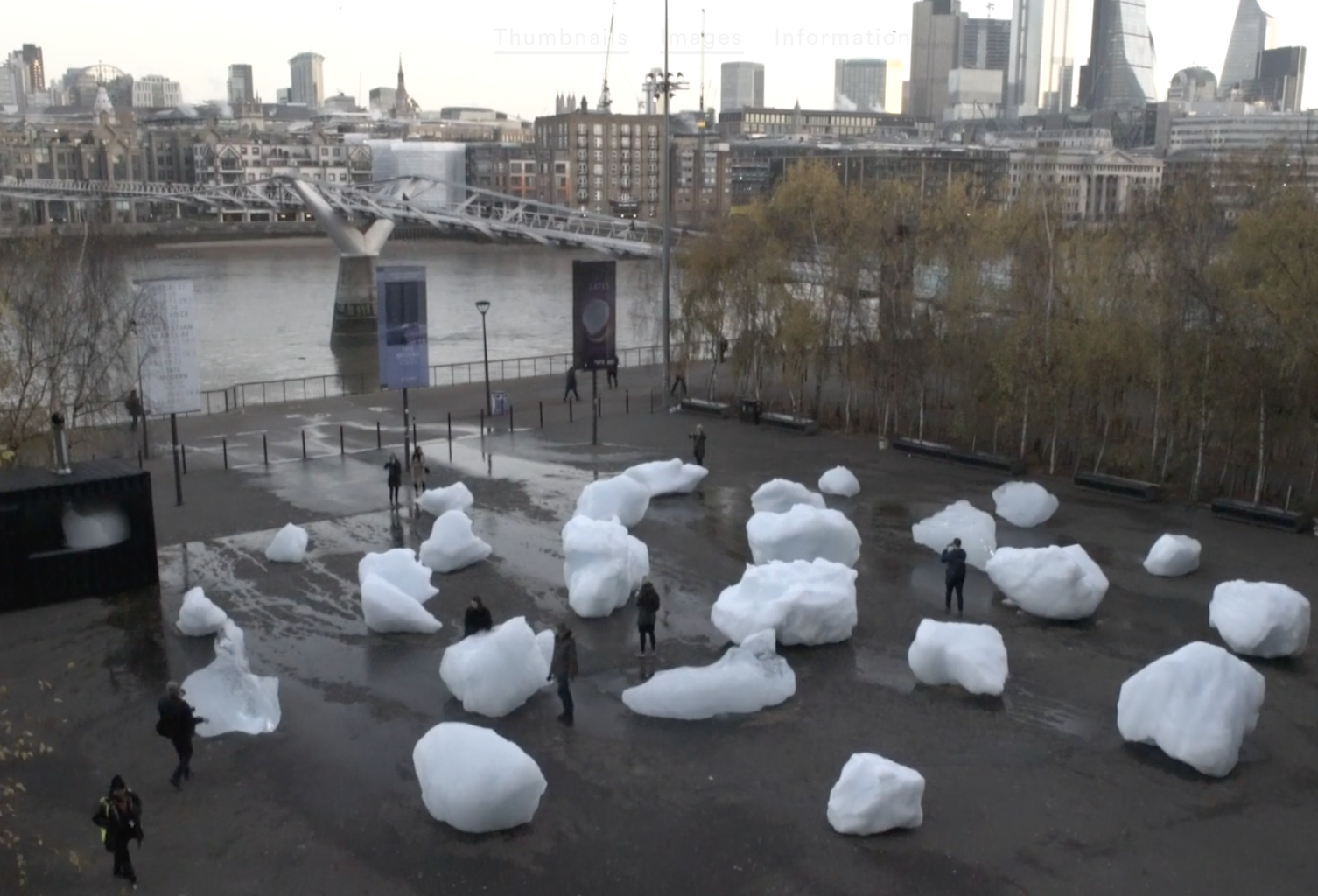“Attention Becomes a Kind of Politics”: Sarah Hamill on Sculpture and Interpretation
“Description is always a form of interpretation….and I became aware and attuned to photographs as mediating sculptures, as part of a kind of sculptural medium. That photographs are another form of projection, a way of thinking about a kind of sculptural fantasy or a sculptural documentation––a way of seeing sculpture that is not tied to the object itself, but that shapes how we encounter objects in the world.”
In this episode
Caitlin Woolsey speaks with Sarah Hamill, a scholar of modern and contemporary art and professor at Sarah Lawrence College in Bronxville, New York, about the role of description in art history, and how description is always a form of interpretation. The embodied experience of sculpture captured Sarah's imagination, and she describes how she came to understand the role of photography in mediating our encounters with art objects. She also discusses her current research into feminist politics, media, and sculpture in the 1970s, particularly on the artist Mary Miss. Finally, Sarah reflects on how art historical practices like slow looking may help us grapple with urgent issues like the climate crisis.
Transcript
Sarah Hamill’s writing focuses on the histories and aesthetics of modern sculpture, contemporary photography, and photography’s role in the historiography of art. She has explored how the camera translates and transforms the medium of sculpture in David Smith in Two Dimensions: Photography and the Matter of Sculpture (University of California Press, 2015) and in a co-edited volume with Megan R. Luke, Photography and Sculpture: The Art Object in Reproduction (Getty Publications, 2017). She was the Michael Ann Holly fellow at the Clark in spring 2022.
This conversation was recorded on January 6, 2023.
